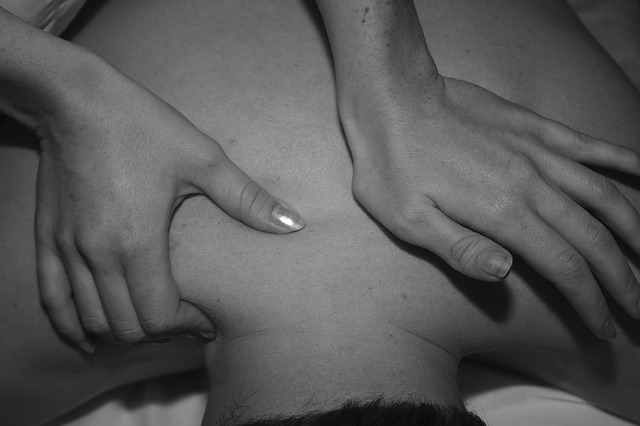
Herniated Discs – How To Recover
A herniated disc is the logical outcome of 21st-century lifestyles which require more time spent sedentary than in any previous generation. The degree of the injury dictates the severity of treatment: while some people may incur a herniated disc without even feeling it, for others the pain is so severe as to require surgery. Most often, herniated discs will heal themselves given enough time and attention to recovery. At our chiropractic office, we offer therapy that responds to the individual when they decide the pain is too much to bear but they are not ready to consider surgery. We can help you manage and reduce pain symptoms and improve recovery time.
The human spine is made up of vertebrae and between each vertebra is an intervertebral disc, made up of two primary layers. The annulus fibrosus is the outer layer, made up of strong collagen fibers and the nucleus pulposus is a softer, gel-like inner layer that performs the shock-absorbing function within the spine. A healthy disc allows for a full range of motion and allows the vertebrae to withstand a reasonable amount of compression. Herniation is the compromise of this delicate set-up: as we age, factors such as lack of exercise, poor nutrition, persistently poor posture, and others conspire to crack the annulus fibrosus, allowing the inner layer to leak out or bulge. Pain often follows because the bulge will impinge on a nearby nerve root.
Chiropractic does not claim to be a panacea for herniated discs. Our treatment does not correct the actual tear; instead it support’s the body’s natural attempt at healing itself. With modalities such as chiropractic adjustment and spinal decompression, we can help reduce the severity of pain and inflammation so that you can focus on eating well and exercising lightly until it is healed. If you are still considering surgery, improvements in pain and mobility from chiropractic care serve as good indicators for success post-surgery.